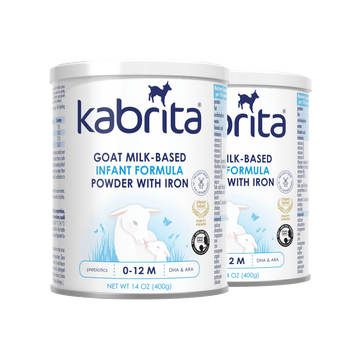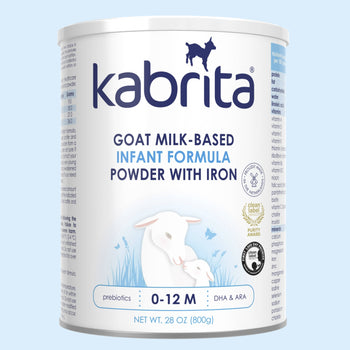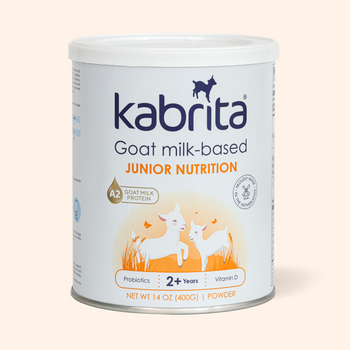Baby’s First Foods: Symptoms of Food Allergies

Solid food introduction is a fun and exciting time for families, but it may also come with questions and some uncertainty. Read on to learn about introducing new foods and symptoms of food allergies you should be watching for with your little one!
How Often do I Introduce a New Type of Food?
Each new flavor is exciting for your baby, so there’s no need to rush. Introduce only one new food at a time. Then, wait three to five days before moving on to the next food. Keep an eye out for possible symptoms of food allergies! Most of all, remember that some symptoms may take up to 72 hours to appear. Once a food has been successfully introduced, it can stay in the food rotation while continuing with other new foods.
Some babies may need to try an unfamiliar food multiple times before they like it (research has shown that it can take up to 10 separate times!), so don’t give up if your little one does not take to new foods or flavors readily.
What Symptoms of Food Allergies Should I Watch For?
Once you start introducing new foods, it may give you information about how your little one is tolerating each new food. Symptoms of a food allergy may include hives or welts on the skin, swelling of the tongue or mouth, coughing or difficulty breathing, or severe vomiting or diarrhea. If your child experiences any of these symptoms, you should seek medical attention immediately.

While food allergy reactions typically appear rapidly, symptoms of food sensitivity may take up to three days to appear and may include: mild eczema, diaper rash, runny nose or congestion, dark circles under the eyes, gas, constipation, diarrhea, spit up, or unusual fatigue or excess fussiness.
A new onset symptom, or a worsening of a symptom your child already experiences, may be associated with a food trigger.
What if my Baby is Showing Symptoms of Food Allergies?
If your baby has a severe reaction, contact your baby’s health professional. If the symptom is mild, remove the possible offending food until symptoms clear. Once symptoms have resolved, you may try the same food again. If the reaction recurs, contact your baby’s health professional, as symptoms may indicate a food allergy or sensitivity.
Are you starting to introduce solids? Consider using our Best-For-Baby Food Introduction Guide. Learn more about our 4 principles to food introduction and enjoy a FREE Diet Diary on the back to help guide your food introduction and identify possible food triggers.
To learn more about food introduction, visit our other blog on Introducing Solid Foods.
Kabrita Goat Milk Toddler Formula may be an option for little ones during feeding transitions, such as weaning and supplementing, or those with minor issues associated with cow milk sensitivity*.
We encourage parents to consult their little one’s healthcare provider before making a feeding change.
*Not suitable for children with confirmed cow milk protein allergy



